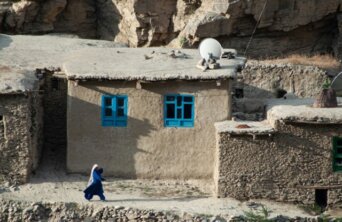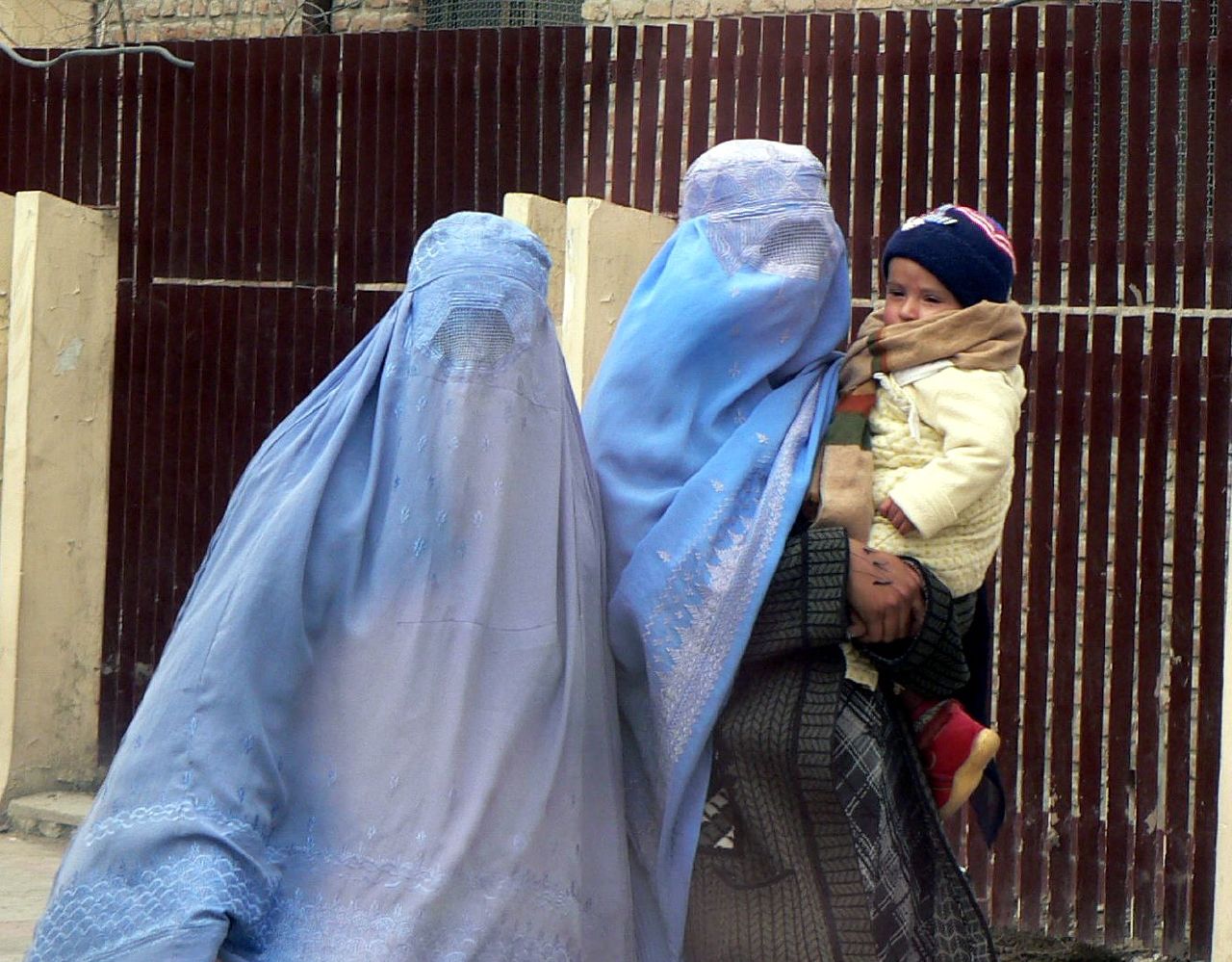- About
- Topics
- Picks
- Audio
- Story
- In-Depth
- Opinion
- News
- Donate
- Signup for our newsletterOur Editors' Best Picks.Send
Read, Debate: Engage.
| topic: | Climate Change |
|---|---|
| located: | Afghanistan |
| editor: | Shadi Khan Saif |
On the heels of a gruelling winter, another harsh summer looms over Afghanistan as changing weather patterns disrupt food production and uproot communities.
Surrounded by rigid mountains, millions of Afghans rely heavily on the winter snow for agriculture and drinking water. Like the past few years, the precipitation levels remained dangerously low this year.
With little or no water for agriculture, millions are left without food, and children and women are the worst affected. It is feared that 25 out of 34 provinces are suffering from severe or catastrophic drought conditions, affecting more than half the population of 40 million.
In Afghanistan, vulnerable people suffer due to environmental factors caused by other countries. The country’s share in global carbon emissions is near zero, but it is among the worst hit by climate change. This calls for greater international engagement in climate mitigation and support for the Afghan people suffering under the Taliban regime, which is still not officially recognised on the global stage.
Halting the global burning of fossil fuels is the solution to climate impacts, yet it is not happening fast enough for survival in countries like Afghanistan.
In the peak winter season, where most precipitation is expected, Afghanistan experienced only 45% to 60% of the average rainfall compared with previous years. Experts also predict that above-average temperature conditions will likely occur between February and April 2024.
In the current scenario, the best way out for the Afghans on the edge of climate tragedy is to modernise agriculture and nationwide water conservation and management projects. There were effective initiatives during the Afghan Republic with more significant international engagement with local farmers on improved irrigation methods and alternative crops.
Despite the odds, The Asian Development Bank estimates that Afghanistan can mobilise over 7.5 million hectares (Mha) of cultivated land, of which 60% can be irrigated and 20% can be double-cropped.
In addition, the country has about 29 Mha of rangeland for use by livestock. If productivity can be restored to levels similar to those of the rest of the region, then Afghanistan should be able to resolve medium- to long-term food security concerns.
Unfortunately, with the Taliban’s takeover and the subsequent international sanctions, all of these initiatives are frozen, and the war-weary Afghans are left alone to suffer climate tragedy.
Image by Joel Heard.

